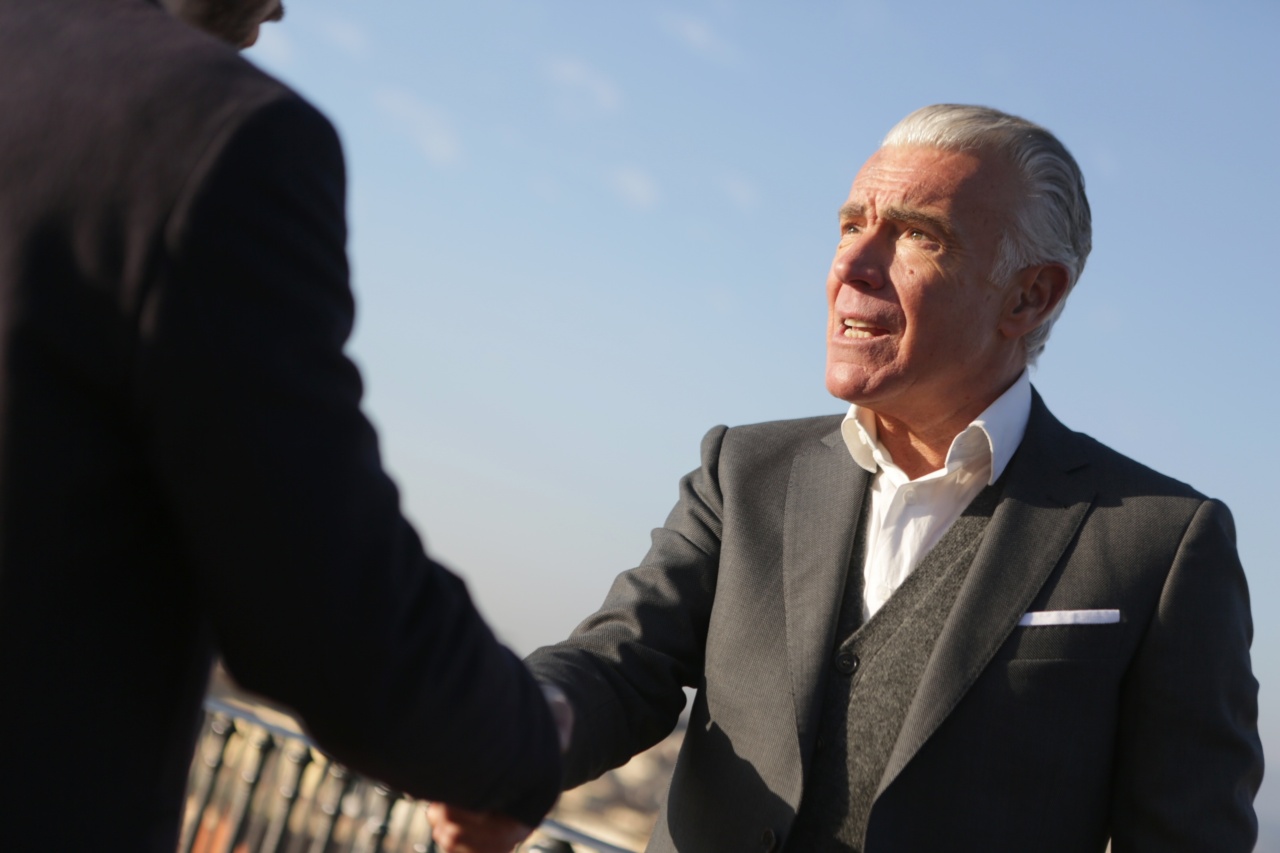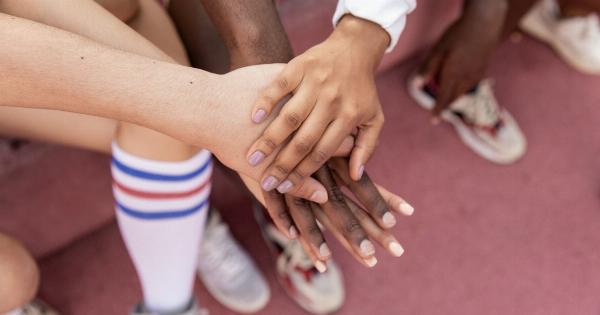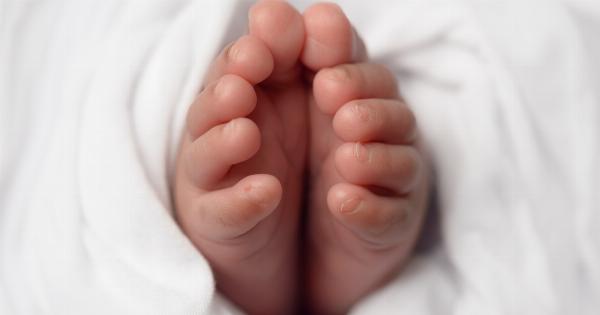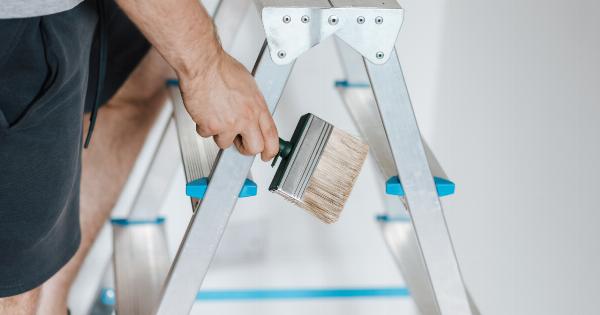As we age, our balance and coordination begin to deteriorate, increasing the risk of falls. However, elderly men are at a higher risk of serious injury from falls when compared with women of the same age, and even men of younger age groups.
Factors that Contribute to Fall-Related Injuries Among Elderly Men
There are several reasons why elderly men are more prone to serious injuries from falls including:.
: 1. Reduced Bone Density
Older individuals, especially men, experience a reduction in bone density due to decreased production of testosterone. This loss in bone density makes the bones more fragile and prone to fractures, even with minimal impact.
: 2. Weight Distribution
Due to the natural aging process, men may tend to develop a “bell-shaped” body where there is a greater concentration of weight in the upper body rather than the legs.
This distribution of weight can cause a fall to be more severe as the impact force is concentrated on the upper body during a fall.
: 3. Medication
Elderly men are more likely to take medications that can affect balance and coordination. For instance, diuretics can cause dehydration, increasing the risk of falls.
Similarly, antihistamines, muscle relaxants, and sedatives can cause dizziness or drowsiness, which can also lead to a fall.
: 4. Chronic Health Conditions
Elderly men with chronic health conditions such as diabetes, arthritis, or Parkinson’s disease may experience mobility problems and weakness in certain muscles, increasing the likelihood of falls.
: 5. Environmental Factors
The risk of falls is also influenced by environmental factors such as poor lighting, slippery floors, uneven surfaces, and obstacles such as rugs and furniture.
Elderly men may be less able to adjust to these environmental factors, making it more likely for them to trip and fall.
The Consequences of Falls among Elderly Men
Falls among elderly men can have significant consequences, including fractures, head injuries, and a decline in independence. A fracture can take longer to heal among older individuals, and complications can arise during the healing process.
Additionally, head injuries can lead to permanent brain damage. Falls can also result in a loss of confidence and independence, with elderly men becoming increasingly reliant on others for daily tasks.
It’s vital, therefore, that measures are put in place to reduce the risk of falls among elderly men.
Preventing Falls among Elderly Men
: 1. Exercise
Regular exercise, including strength and balance training, can help improve muscle strength and flexibility, reducing the risk of falls.
: 2. Medication Management
Elderly men should review their medications with their healthcare provider to ensure they are not taking any medications that increase the risk of falls.
: 3. Home Modification
Elderly men should modify their homes to make them safer. This may involve increasing lighting, removing hazards such as rugs and furniture, and installing grab bars in the bathroom.
: 4. Regular Health Check-ups
Elderly men should undergo regular health check-ups to monitor chronic health conditions and ensure they are receiving appropriate treatment.
: 5. Use of Assistive Devices
Elderly men should consider using assistive devices such as canes, walkers, and mobility scooters to reduce the risk of falls.
Conclusion
In conclusion, elderly men are more prone to serious injury from falls, and several factors contribute to this increased risk, including reduced bone density, weight distribution, medication, chronic health conditions, and environmental factors.
However, preventative measures such as regular exercise, medication management, home modification, regular health check-ups, and the use of assistive devices can help reduce the risk of falls.




























